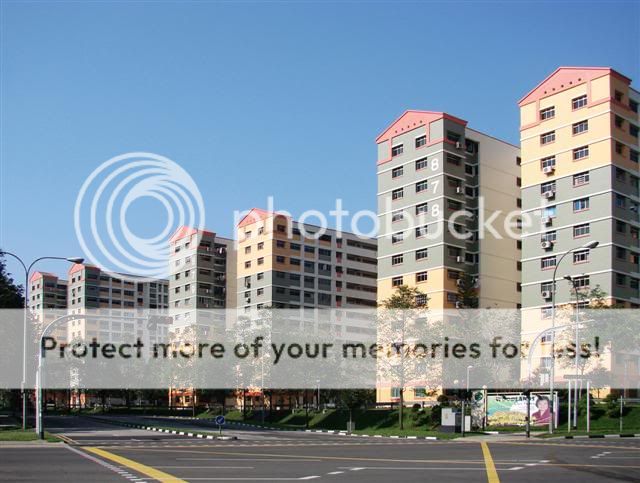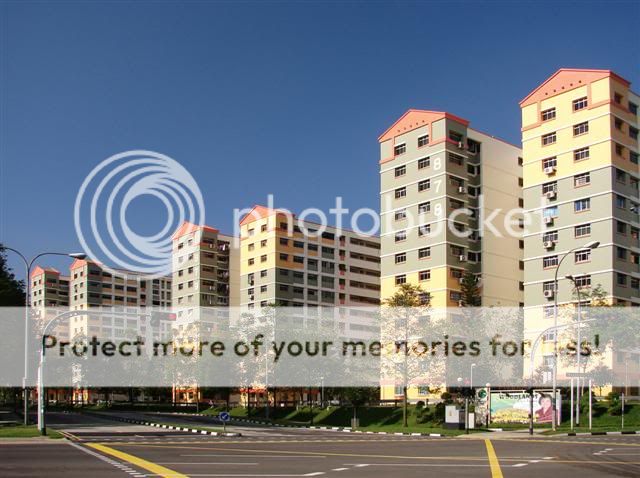You are using an out of date browser. It may not display this or other websites correctly.
You should upgrade or use an alternative browser.
You should upgrade or use an alternative browser.
Qestion on filter
- Thread starter Bukitimah
- Start date
Fotophilic
Senior Member
Hi, I was told if you need to shoot through window or glass panel, you can add filter to reduce the reflection. Can someone advise what type of filter.
Thank you
Buy a circular polarizer if you are using digital.
You might want to check out info online before deciding if u want to buy one. Cheaper ones like tokina, hoya, kenko, etc; should cost like 20 to 40 thereabout. There are better and more expensive ones like B+W which can cost up to 100s, depending on the size u want. The difference between expensive and cheap filters are the optical quality of the lens and the flare it may cause. If you do not use it often, and the photo you are going to take are just for fun and personal memories (i.e. not demanding chores), just get the cheap ones.
Hope this helps.
Override2Zion
Senior Member
Its a C-PL filter, circular polarizer. It can be used to reduce reflections, enhance foliages and sky. However, the trade-off would be losing about 1-2 stops of light. A C-PL filter is a filter that you only put on when needed, for specific purposesHi, I was told if you need to shoot through window or glass panel, you can add filter to reduce the reflection. Can someone advise what type of filter.
Thank you
spree86
Senior Member
Fotophilic said:Buy a circular polarizer if you are using digital.
You might want to check out info online before deciding if u want to buy one. Cheaper ones like tokina, hoya, kenko, etc; should cost like 20 to 40 thereabout. There are better and more expensive ones like B+W which can cost up to 100s, depending on the size u want. The difference between expensive and cheap filters are the optical quality of the lens and the flare it may cause. If you do not use it often, and the photo you are going to take are just for fun and personal memories (i.e. not demanding chores), just get the cheap ones.
Hope this helps.
Kenko and hoya also have CPLs going over $100, check out the different grades of kenko and Hoya filters if you are interested.
As mentioned, a CPL can to the job.
http://www.clubsnap.com/forums/showthread.php?t=803029
http://www.clubsnap.com/forums/showthread.php?t=803029
if possible, try not to shoot thru the glass, as it will deteriorate the quality of the images.Hi, I was told if you need to shoot through window or glass panel, you can add filter to reduce the reflection. Can someone advise what type of filter.
Thank you
if I need to shoot thru the glass panel, I will go as close as possible to avoid the reflection without using any filter, unless the window is also part of my image.
hope this help.
edutilos-
Senior Member
For shooting through glass, the best way to minimize reflections is to throw a black cloth over the lens to cut out all reflections. If possible, block the offending light source.
Like catchlights mention, press your lens against the glass, and if it is dirty, using a large aperture tends to help.
Of course, avoiding it altogether is best, but sometimes you don't have a choice.
Like catchlights mention, press your lens against the glass, and if it is dirty, using a large aperture tends to help.
Of course, avoiding it altogether is best, but sometimes you don't have a choice.
catherinelam
New Member
Also note that the polarising filter is not like a UV filter. You need to rotate it after you attach it to the lens to get the result you want.
Hi, I'm currently using a Kenko Wideband C-PL. What do you mean by rotating it after we attach it to the lens? How much do you rotate? And what do you change when you rotate the filter? Do you have to take a picture to see the difference in results or can you see it directly through the viewfinder?
Diavonex
Senior Member
Hi, I'm currently using a Kenko Wideband C-PL. What do you mean by rotating it after we attach it to the lens? How much do you rotate? And what do you change when you rotate the filter? Do you have to take a picture to see the difference in results or can you see it directly through the viewfinder?
Read this and you'll better understand the function of the CPL filter.
http://www.great-landscape-photography.com/polarizing-filter.html
spree86
Senior Member
catherinelam said:Hi, I'm currently using a Kenko Wideband C-PL. What do you mean by rotating it after we attach it to the lens? How much do you rotate? And what do you change when you rotate the filter? Do you have to take a picture to see the difference in results or can you see it directly through the viewfinder?
You are using one but don't know how to use it? You can see the effect through the viewfinder, rotate it to the effect that you want. The CPL works best when you are at 90 degrees to the sun
allenleonhart
Senior Member
weird to see fishy swimming out of water...
catherinelam
New Member
You are using one but don't know how to use it? You can see the effect through the viewfinder, rotate it to the effect that you want. The CPL works best when you are at 90 degrees to the sun
I have only used it once so far. I'm more into using the Kenko ND 400 to take water movement. I didn't know the C-PL could rotate, that is why I asked to gain more understanding.
I have only used it once so far. I'm more into using the Kenko ND 400 to take water movement. I didn't know the C-PL could rotate, that is why I asked to gain more understanding.
The CPL has different effects when you rotate it, look through the viewfinder and see what happens, then adjust accordingly.
catherinelam
New Member
The CPL has different effects when you rotate it, look through the viewfinder and see what happens, then adjust accordingly.
Thank you!
Bukitimah
Senior Member
I asked because sometimes you go to the top of a building observation tower, it is surrounded by glass. How to take nice picture of the city view? Now I know a simple why, place the camera as close to the glass as possible. Of course got to choose a clean piece of glass, haha
edutilos-
Senior Member
josephlbt said:Newbie here... Different between Polarizing and ND filters
Can someone show the different in photos? and explanation as well?
I was thinking of getting ND110 for sunrise and sunset shots, am i right?
or i just get polarizing filter?
It is really very simple. Polarizing filter cuts out reflections and glare. Thus cuts out some light. Can be used as ND filter w additional side effects.
ND filter purpose is to extend shutter speed.
Polarizer not so useful for sunset, ND 110 prob too strong you will end up needing 4 minute exposure and above. Graduated neutral density filters more useful for balancing out exposure.
Suggest you read up more as these are very simple and common questions with answers readily available on the net. With a basic understanding of photography, you will know what filters you should use...
Similar threads
- Replies
- 0
- Views
- 29
- Replies
- 0
- Views
- 47
- Replies
- 0
- Views
- 77
- Replies
- 0
- Views
- 43
- Replies
- 0
- Views
- 58




